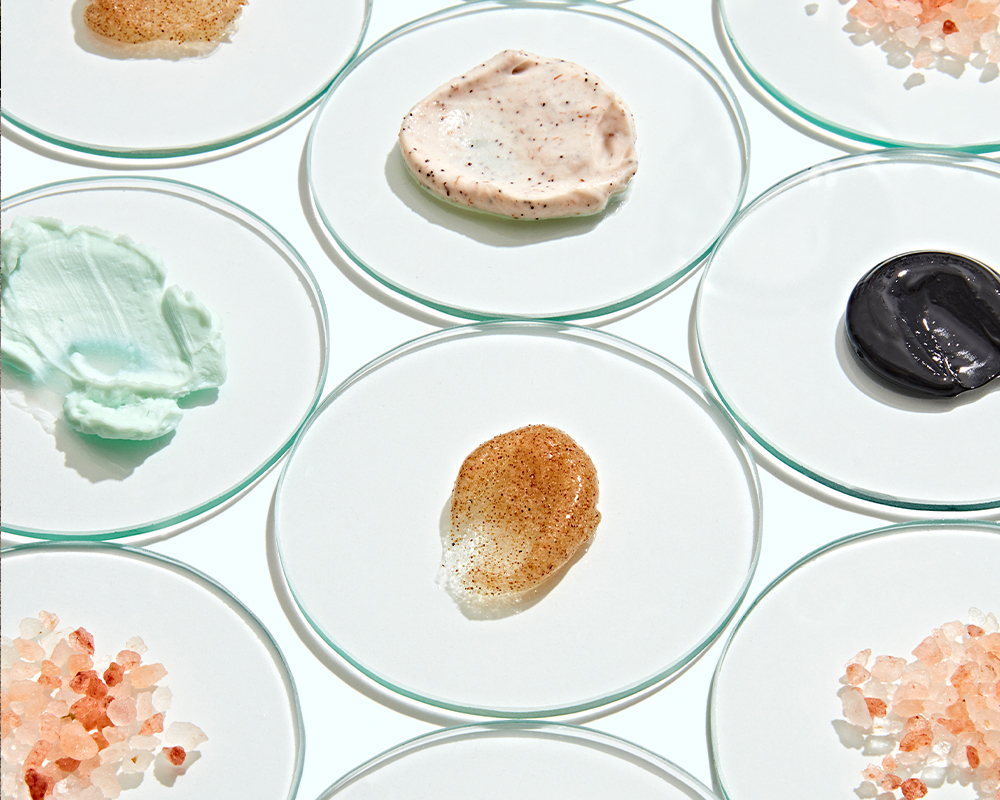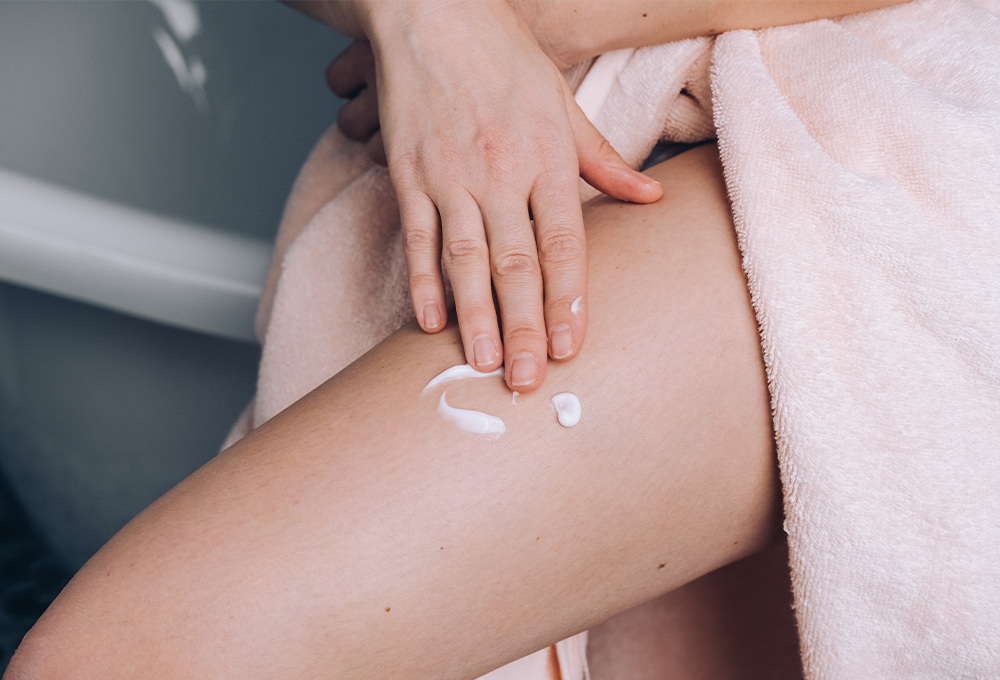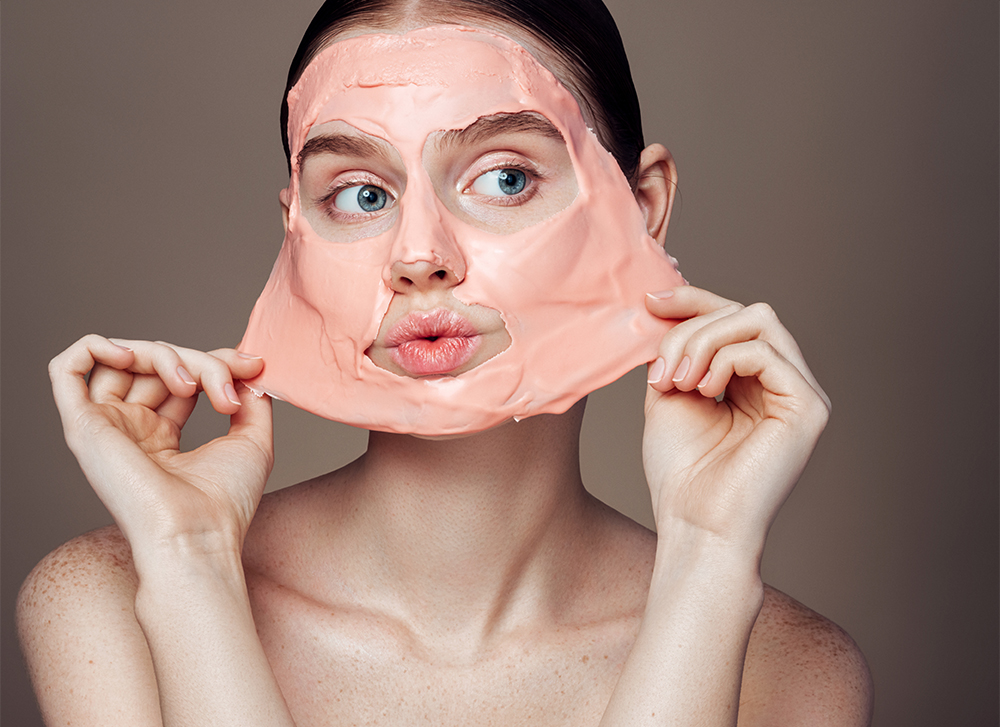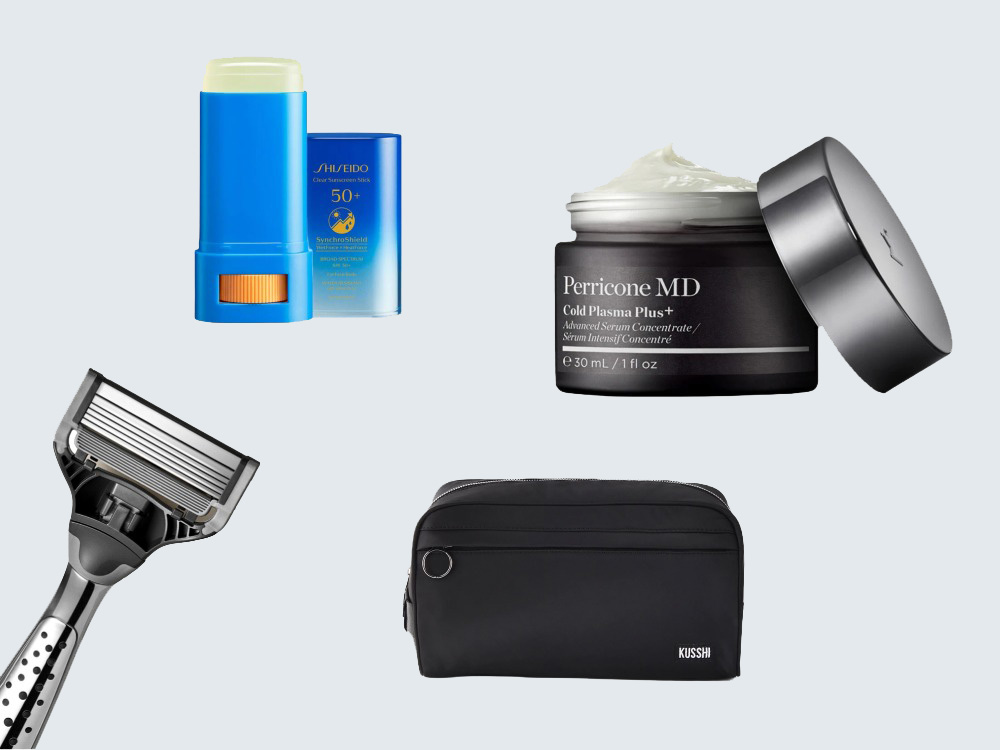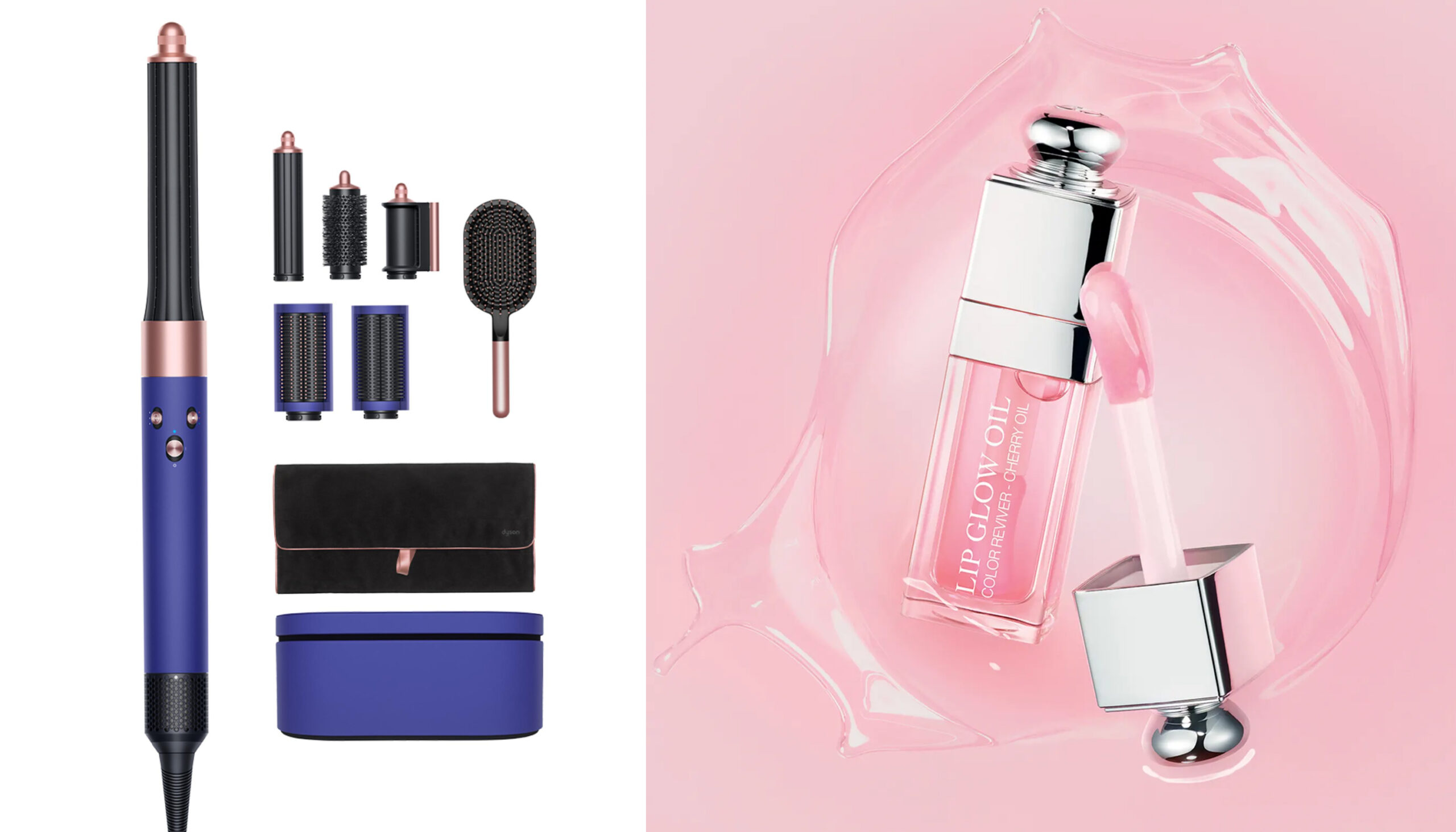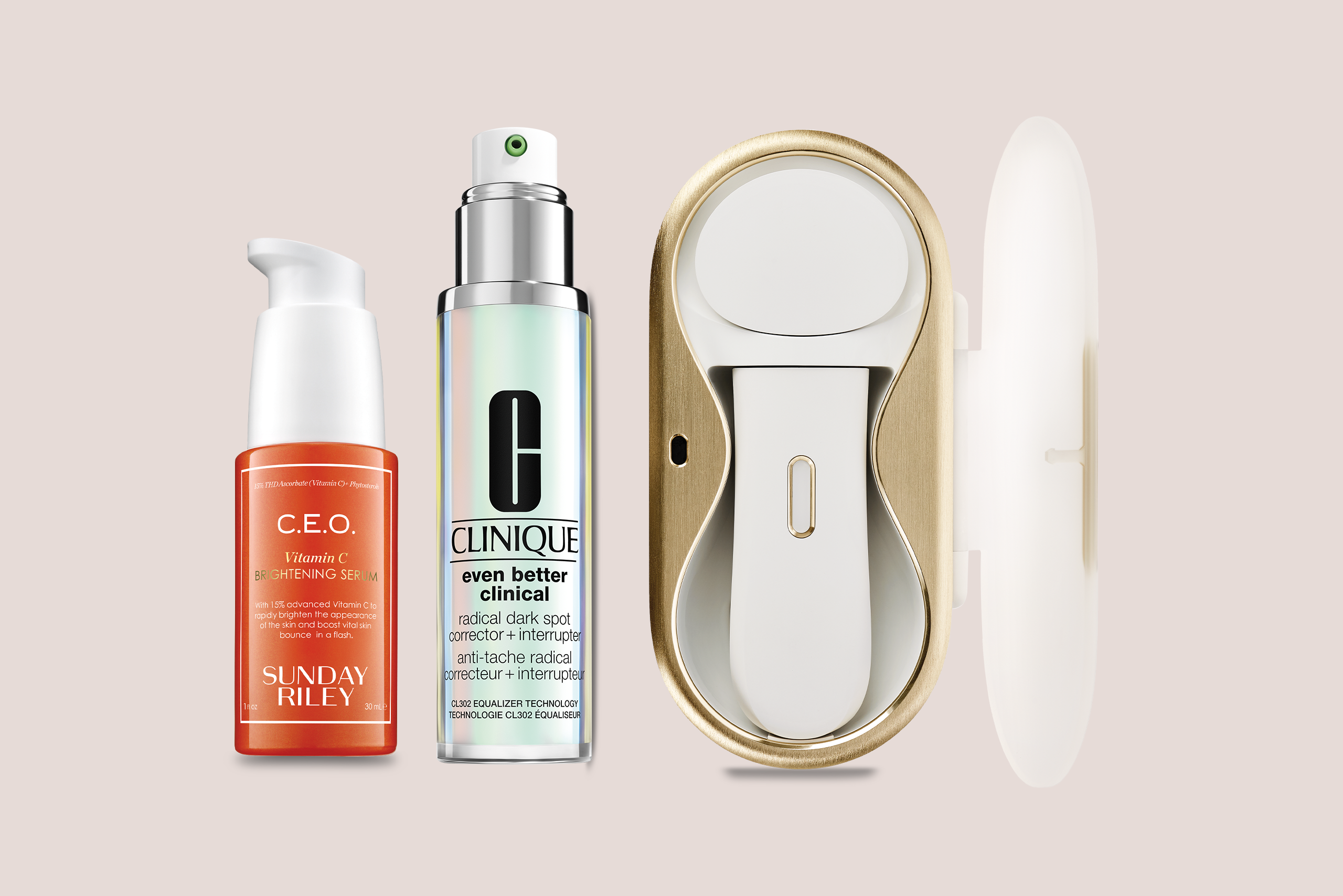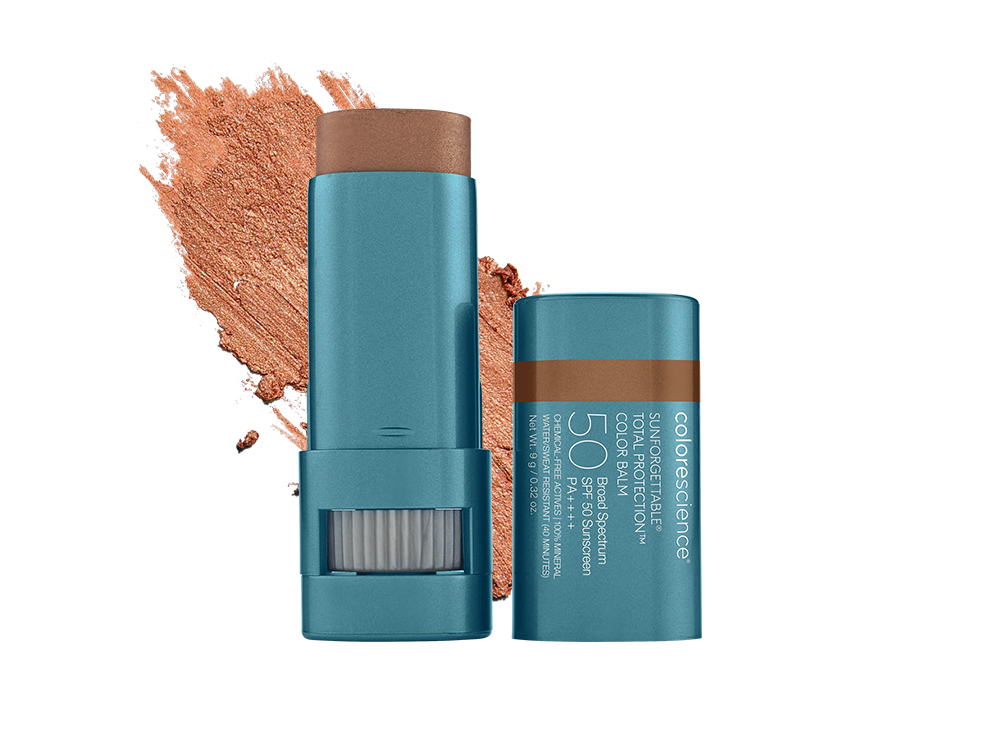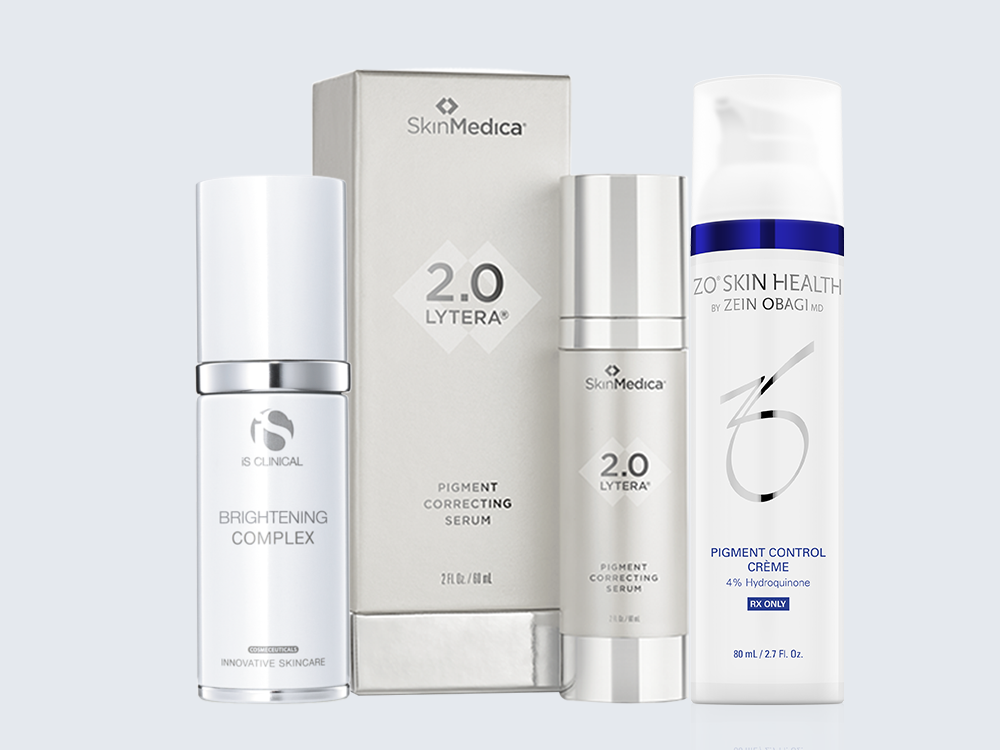Hyperpigmentation and hypopigmentation are two common skin conditions that can change how our skin looks and both have to do with pigment. Driven by various factors, these conditions can cause noticeable changes in skin color and texture. When it comes to hyperpigmentation and hypopigmentation, a lot of these skin changes are due to underlying causes. However, there are ways to help avoid these light and dark spots and treatments that can help minimize their appearance. Here, experts share how to approach each condition and the treatments you should try and which ones you should avoid.
Hyperpigmentation: Dark Spots and Patches
Hyperpigmentation occurs when melanocytes, the cells responsible for producing melanin, become overactive, resulting in an excess of pigment production. New York dermatologist Elaine Kung, MD explains that both internal factors such as genetics, hormones, and aging, as well as external factors like ultraviolet (UV) rays, pollution, and smoke, can contribute to hyperpigmentation. “The occurrence of hyperpigmentation after inflammation is a common occurrence,” explains Dr. Kung. “The inflammation may be due to ultraviolet light, acne, rashes, trauma and irritation to skin-care items. Our inflammatory response to these stimuli may be influenced by our genetics, hormone status, or even the medications we take. Melanocytes that produce pigment in our skin receive stimulatory signals from their neighboring skin cells called keratinocytes and fibroblasts. Therefore, if other skin cells are ‘injured’ or even irritated for whatever reason, our melanocytes will produce darker spots.”
To manage hyperpigmentation, Dr. Kung suggests targeting the underlying cause, using skin-care products that regulate tyrosinase activity (the enzyme involved in melanin production), and considering cosmetic procedures like chemical peels or laser treatments that specifically target pigmentation issues. “Ingredients that contain antioxidants often inhibit tyrosinase activity. Brightening products that contain vitamin C, vitamin E, azelaic acid, niacinamide, kojic acid, resveratrol, retinoids, and tranexamic acid may be used.”
New York dermatologist Nina Chopra, MD says she likes SkinCeuticals Discoloration Defense ($108) and Scientis’ Cyspera Intensive System ($299) featuring cysteamine cream which can help slow the melanin production. “We use a lot of tranexamic acid in the office, and SkinCeuticals has a great over-the-counter product called Discoloration Defense. There’s also kojic acid, which I love, and there’s the Cyspera, which contains cysteamine. This ingredient is a really good alternative for some people, like those with darker skin tones, who cannot use hydroquinone.” Dr. Chopra says she will often combine a light peel with glycolic acid or some sort of alphahydroxy acid to help lightly take away that top layer of pigmentation.
Hypopigmentation: White Spots and Patches
On the other hand, hypopigmentation involves a decrease in the production of melanin, resulting in lighter patches of skin. Dr. Chopra says it can be caused by skin injuries, inflammation, or specific conditions like vitiligo and yeast overgrowth. “When people ask what vitiligo is, I tell them it’s where your skin starts to attack itself and completely stops the production of melanin,” she explains. “It could also be yeast, like tinea versicolor, where you can experience an overgrowth of yeast on the body, leading to lighter spots.”
Hypopigmentation can also result from skin injuries and inflammation. “Think about it, when you get a bad blister and it eventually heals, you may have a discolored light spot there for a while,” adds Dr. Chopra. “But in most cases, we can often reverse hypopigmentation. It’s when it becomes depigmented that it becomes much more difficult to treat. Identifying and treating the root cause is crucial for managing hypopigmentation.”
Treating underlying skin conditions or using antifungals can help restore normal pigmentation, adds Dr. Chopra. She emphasizes the importance of good moisturization to promote skin barrier repair and encourages the use of steroidal creams to speed up the recovery process.
Managing Both
“Prevention plays a significant role in managing both hyperpigmentation and hypopigmentation,” notes Dr. Kung. “Use sun protection consistently, even when indoors, as UV and visible light exposure can contribute to pigmentation changes. Wearing sunscreen, sun-protective clothing, and incorporating moisturizers with antioxidant ingredients into skin-care routines can help mitigate these effects. It’s also crucial to seek guidance from a board-certified dermatologist for accurate diagnosis and customized treatment plans.”

